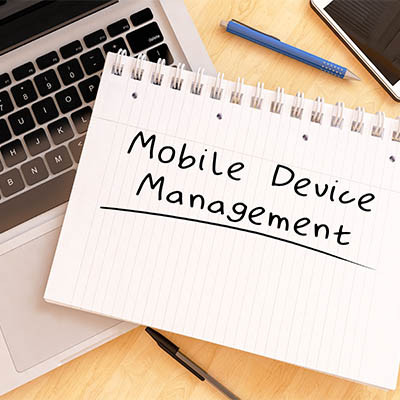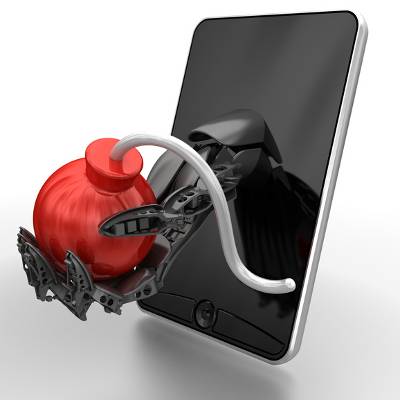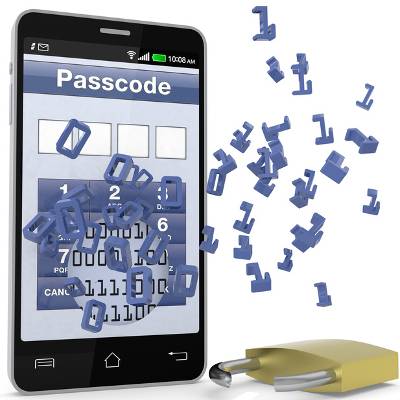Productivity. Your company needs it. Your employees are measured largely by their ability to effectively turn their effort into a tangible product or service that creates revenue. It really means everything to your business. Why then, if it is so necessary, is it so hard to get the people you depend on to realize just how important their productivity is to the success of the business? Let’s discuss what makes a business productive, and what technology will mitigate the major barriers to productivity.
Network Synergy Blog
Network security can be tough; there’s a lot to know, and you often need to have trained professionals on your side to ensure your systems are as secure as possible. With the right solutions on your side, however, it can be made much more manageable. Let’s discuss some of the most important security features your organization should implement and why.
For a lot of businesses, employee mobile phone usage was once a big problem for them. There have been some businesses that actually hired someone to walk around their office telling people to get off their phones. Some businesses outlawed employee devices altogether. There probably are some businesses out there that still limit the use of these devices in their office, but for most businesses, their employees’ smartphones are now completely part of their productivity strategy. Let’s take a quick look at the shift from banned to benefit in this month’s newsletter.
Make no mistake, the impact that your mobile device strategy has on your business is an important one. It can make or break your organization’s security, as well as stymie or encourage your organization’s productivity. Therefore, you should do everything in your power to make sure that your mobile device management platform is working to your company’s advantage. Let’s take a look at some of the features that all good MDM platforms should enable.
As you might expect, the remote circumstances that many business professionals have found themselves in as of late have created challenges that must be overcome, especially in regards to the access and dissemination of data to mobile devices. Let’s examine the mobile device’s role in the modern business and how you can ensure these great tools are being used properly for your organization.
It’s no surprise that mobile technology has infiltrated the workplace in more ways than one. Many businesses issue company-owned devices to their employees to get work done while out of the office, while others allow employees to bring their own devices, or use their own laptops and smartphones for fulfilling their day-to-day duties. That being said, it’s important to remember that mobile devices need to be managed in a very specific way to maintain security.
While smartphones and tablets can help businesses quite a bit, they can also be quite detrimental to their success. If you can get past the issues related to employees bringing their own devices to the workplace, then you’ll be able to save a considerable amount of time and resources on device procurement, but you certainly want to make sure you have a mobile device management policy put in place first.






















